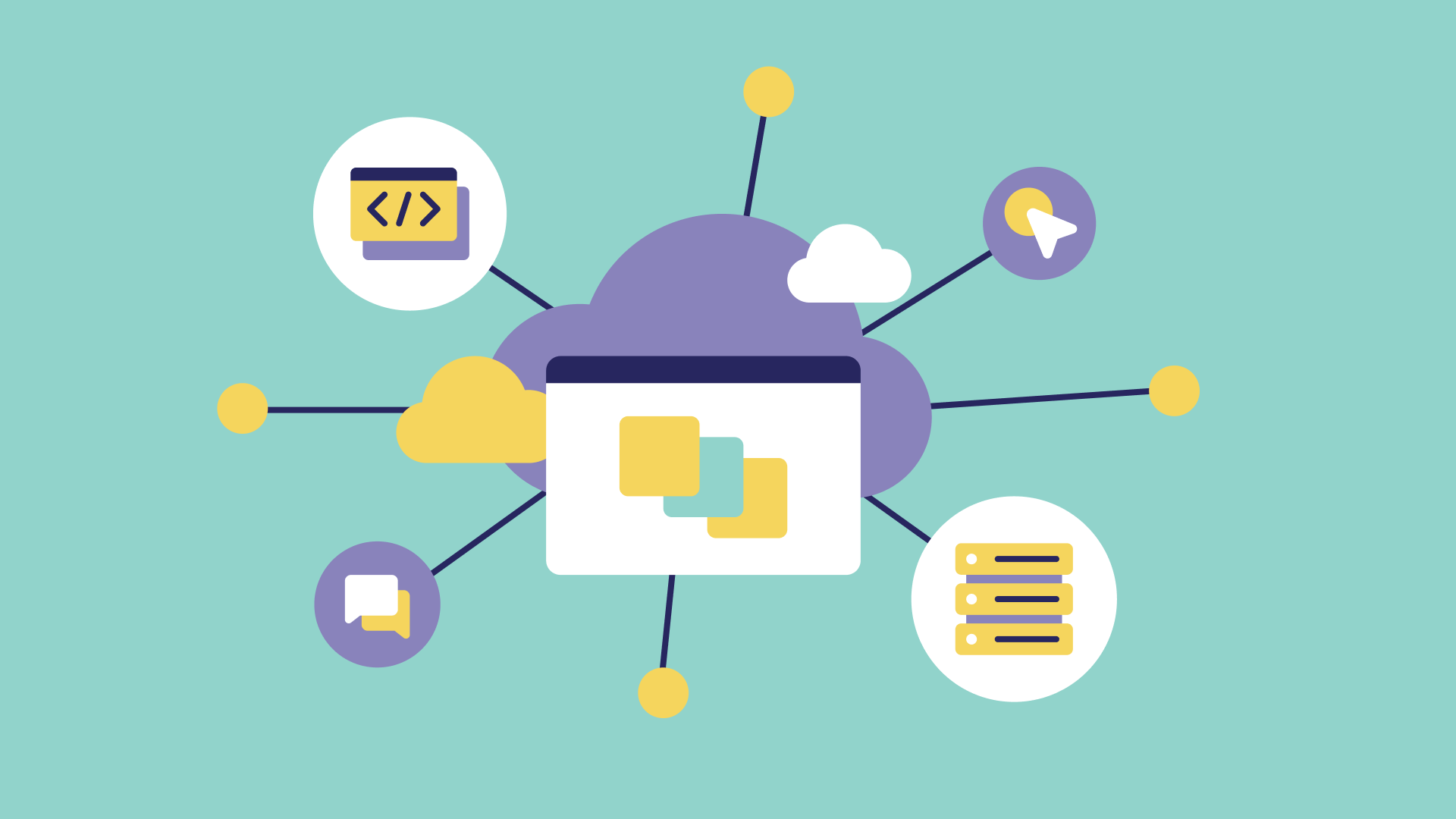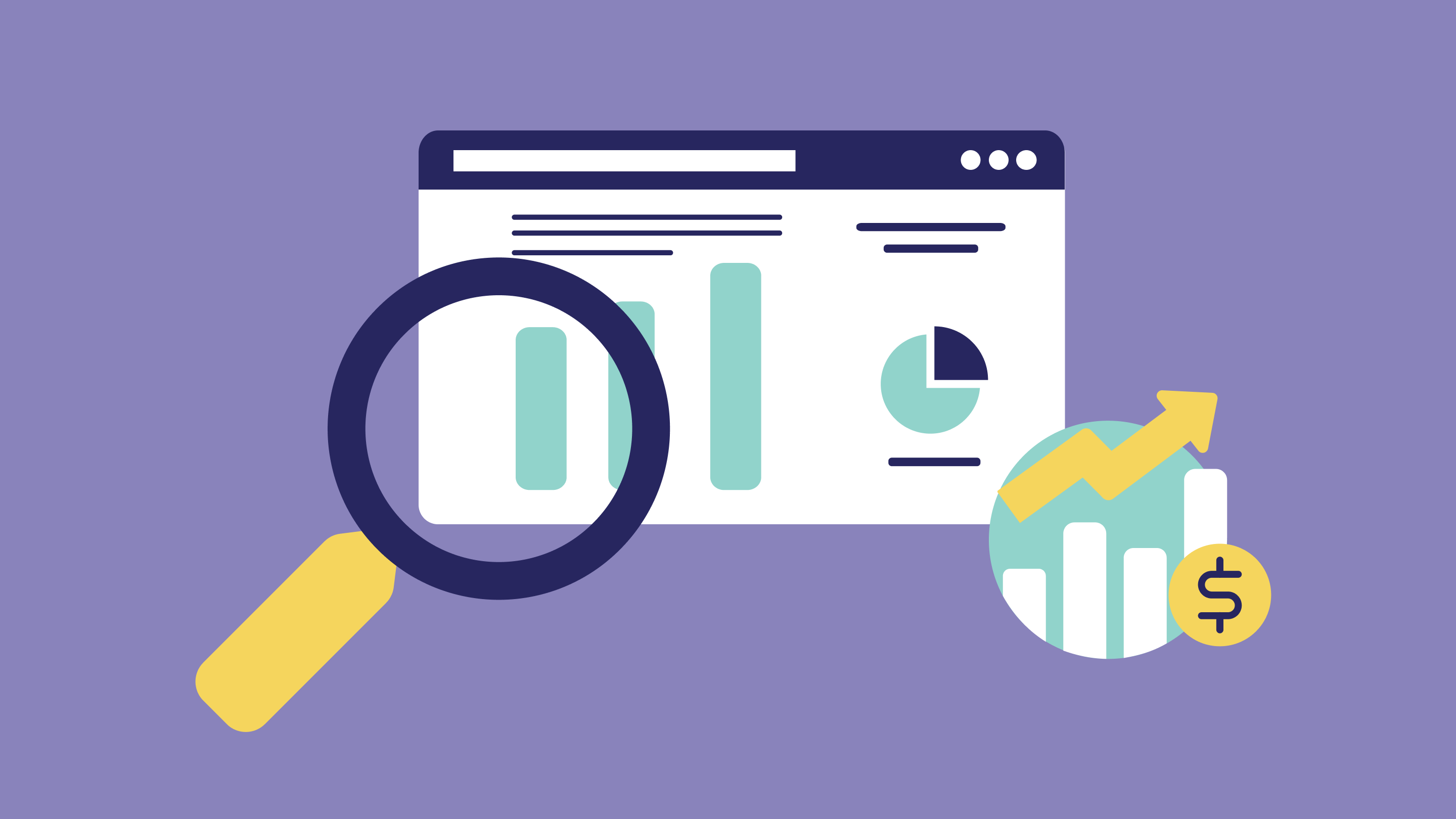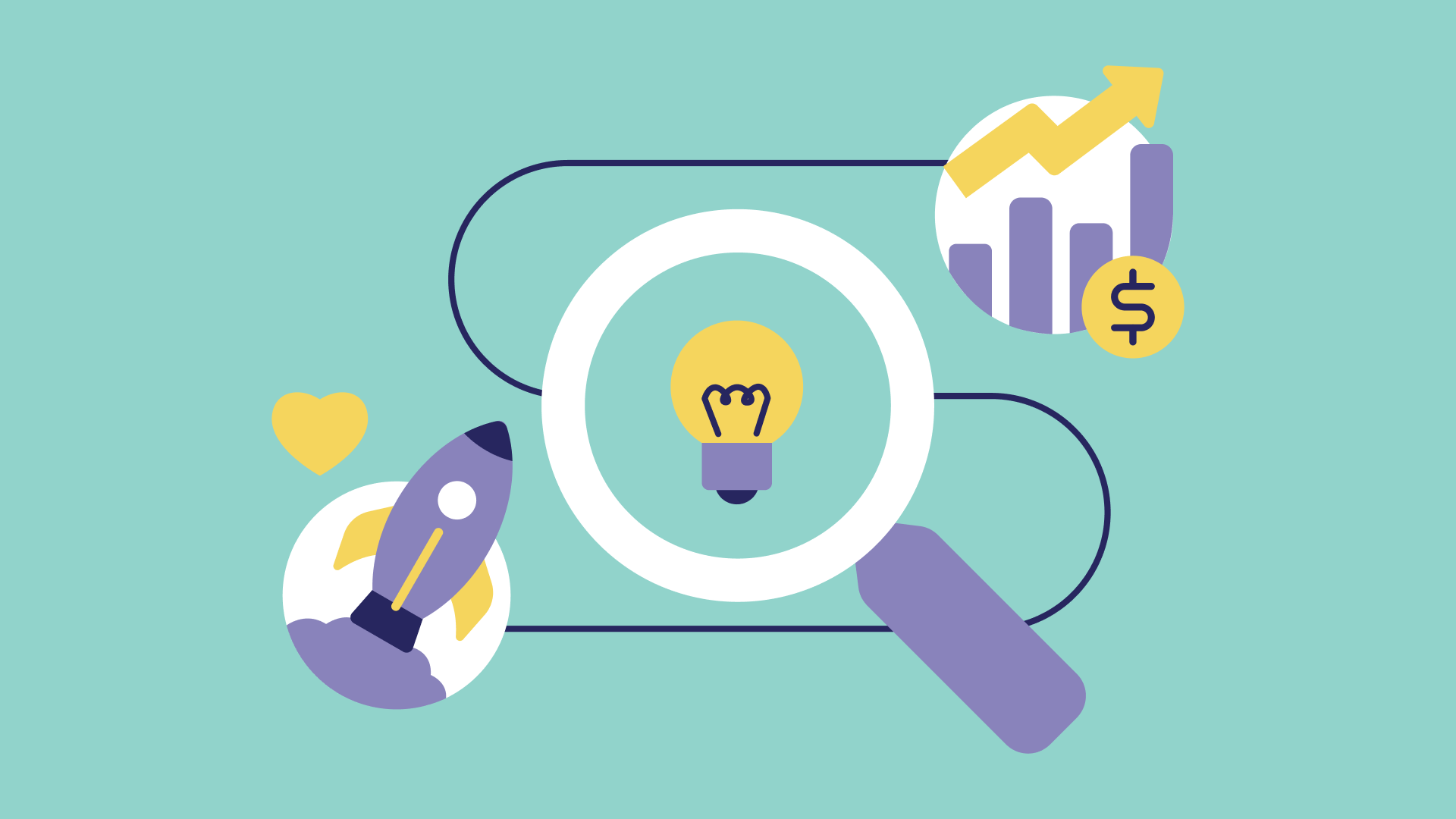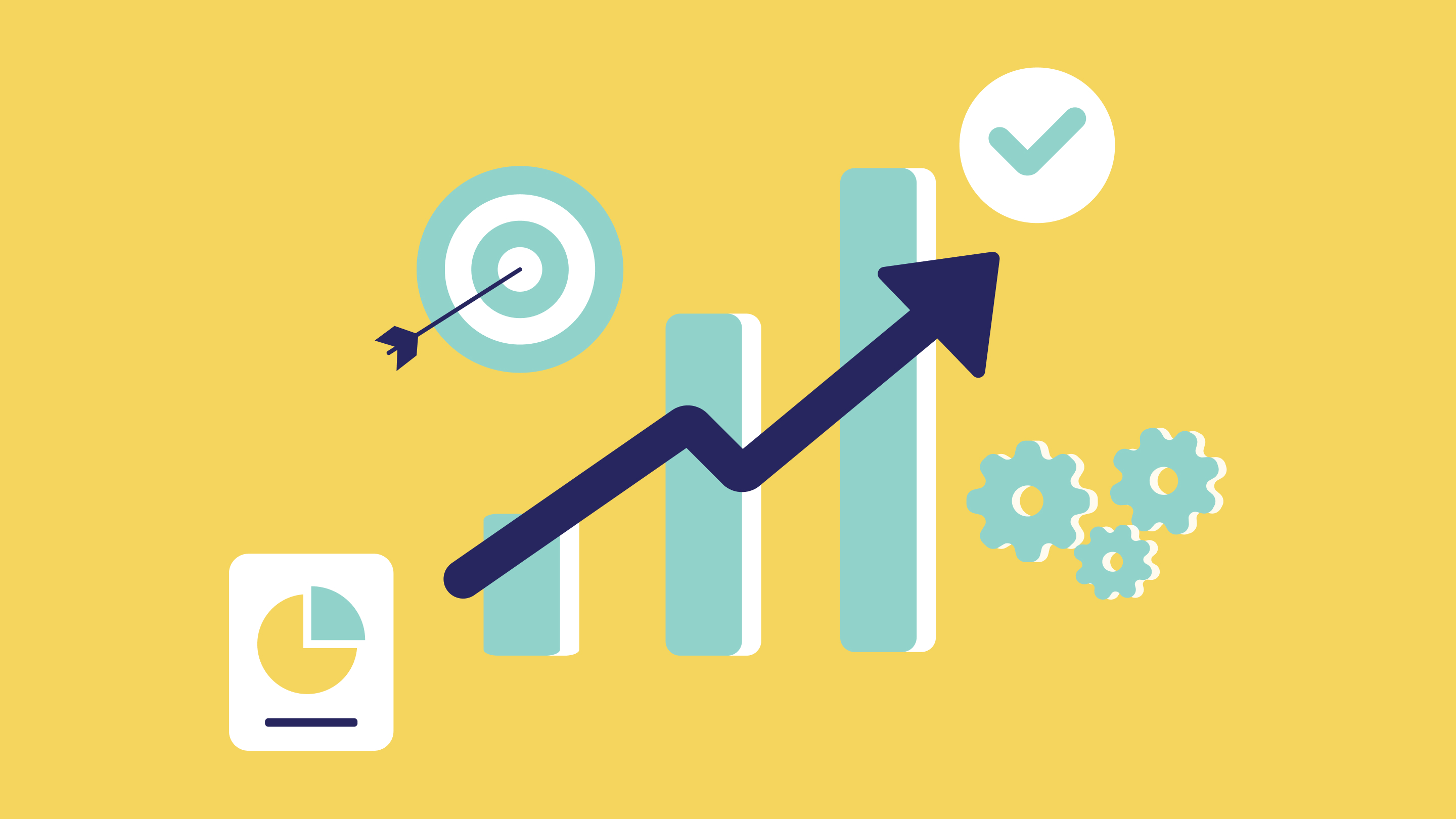
In the fast-paced world of startups and SaaS businesses, developing a minimum viable product (MVP) is often the first step in transforming an innovative idea into a scalable solution. While it's tempting to rush into product development, there are critical phases in the MVP product development process that can't be overlooked. In this article, we'll delve into those essential stages and why each one matters.

1. Market Research
Before you even think about building an MVP, understanding your target market is imperative. Market research allows you to identify gaps in the market, consumer pain points, and potential competitors. Effective market research sets the stage for a more focused and effective MVP development process.
2. Problem Identification
Once you've gathered enough data, the next step is to identify the problem you're solving. A well-defined problem statement will guide your MVP's development and ensure that it delivers real value to users.
3. Ideation and Planning
After identifying the problem, brainstorming and planning come into play. During this phase, you consider multiple solutions, features, and technologies that can solve the identified problem. Selecting the most appropriate features is key in making your MVP both “minimum” and “viable.”
4. Wireframing and Prototyping
Once you've selected the core features, wireframing and prototyping are next. These provide a blueprint for your MVP and help you visualize the user experience. Tools like Adobe XD or Sketch can help with this phase, and many SaaS entrepreneurs consult with experienced UI/UX designers for this critical step.
5. Development
Development is the phase where your MVP starts to take shape. Utilizing agile methodologies can ensure quick iterations and allow you to make changes as you gather user feedback. During this phase, don't lose sight of your MVP's goals: solve the problem with the minimum set of features necessary.
6. Quality Assurance and Testing
Before launching, quality assurance (QA) and testing are crucial. This phase helps to iron out bugs and ensure that the MVP meets the intended quality standards. Skipping this phase can result in poor user experience and could tarnish your brand reputation.
7. Launch and Collect Feedback
Once your MVP is bug-free and ready, launch it to a select group of early adopters. Their feedback is invaluable in making necessary adjustments before a full-scale launch.
8. Iteration and Improvement
Based on the feedback collected, this phase involves making improvements or pivots. You'll likely return to earlier phases like ideation, development, or testing as you iterate on your MVP.
Conclusion
Building a minimum viable product is not just about speed; it's about thoughtful planning, execution, and iteration. By paying attention to these key phases of the MVP product development process, you ensure that your product is not just viable but also sets the stage for future scalability and success.
Don't Miss Critical Phases in MVP Development. Trust Fikri Studio for Comprehensive Solutions.
Are you planning to develop an MVP for your SaaS business? Fikri Studio specializes in SaaS MVP development and ensures that every key phase is meticulously executed for optimal success. Contact us today to find out how we can assist you in your journey.


















































